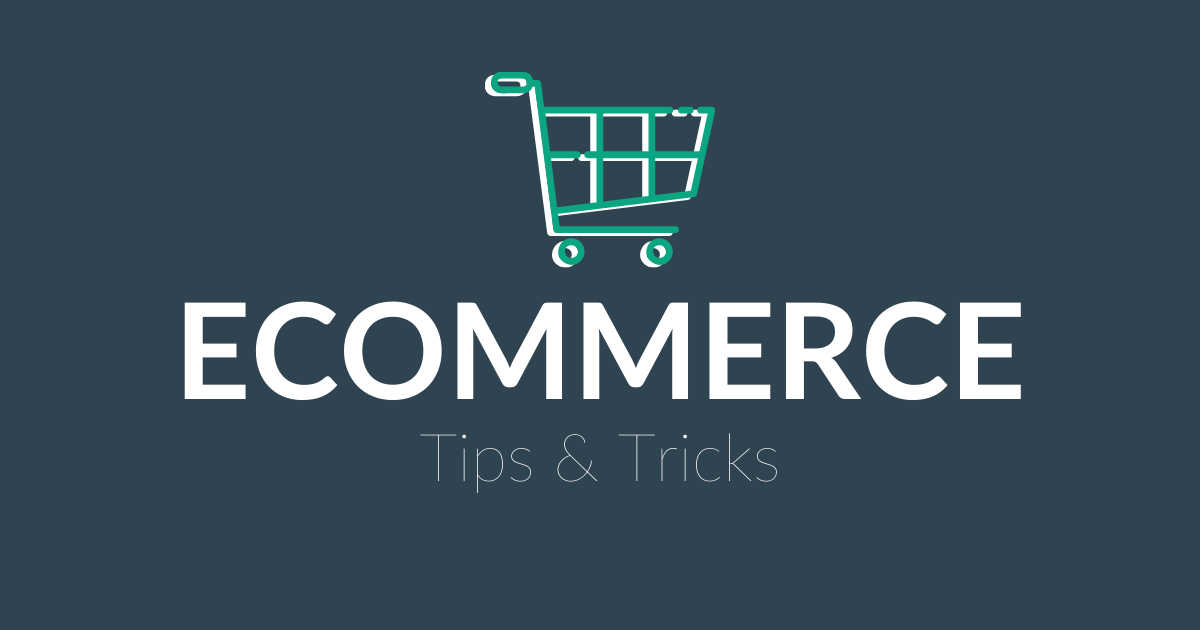Ecommerce has become an important part of our everyday lives, but even more so since the world has been in a pandemic. There has been a 15-30% increase in customers who purchase products online in various categories. That means it is more important than ever to ensure that your ecommerce business is running as efficiently as possible. We have come up with a simple list of the 5 best practices to keep your online business running smoothly without missing a beat.
1. Fast hosting
Arguably one of the most important things that factor into having a successful website is fast hosting. According to a Google study, sites that loaded in 5 seconds had 2 times more revenue than sites that fully loaded in 19 seconds. Online marketing guru Neil Patel states that for every second of delay a web page has loading, you could lose 7% of your possible conversions.
What is web hosting? Web hosting is a server that is hosting/storing your website. That means that users across the globe are able to find and use your website by accessing it through web hosting. If your website wasn’t on a server, it wouldn’t be accessible to your customers. While a user’s internet speed has an effect on how fast your website loads, you don’t want your web hosting to be the cause for a slow loading website.
With mobile users making up a large portion of the web browsing experience, fast sites are as important as ever. Over 50% of mobile users were reported to leave a site if it took longer than 3 seconds to load, as found in that same study. This means that your site could easily be missing out on nearly half of its possible revenue, due to slow speeds.
If you would like to see how your website is loading, a few great tools are available from sites such as GTmetrix, Pingdom, and Google’s PageSpeed Insights. This is a great way to test your hosting speed without relying on your own internet connection. All three of these sites provide a basic speed test but have additional information as well.
If you have any questions about the results that you receive from any of the tools above, feel free to contact us.
2. Simple checkout
Creating a simple to use and easy checkout experience is key to a great ecommerce site. If you take a moment and think of all of your favorite online stores (Amazon, Target, Best Buy, etc), their checkout process is very simple. There are minimal steps that separate you from putting an item in your cart to clicking that “buy now” button. That means keeping the information you collect to a minimum – in reality, the only thing you need is an email address and billing/shipping information.
One of the big mistakes that websites have is requiring users to create an account to proceed with checkout. Don’t require users to create new accounts – make it optional with a guest checkout option. 28% of users say they’ve abandoned their carts due to having to create an account.
3. Product Reviews
Online reviews add credibility to your brand; allow others to see that your products are being purchased and recommended by fellow customers. The best way to do this is to send a follow-up email after they’ve had enough time to use your product. Don’t be scared off by bad reviews as it adds legitimacy to your reviews.
While reviews are important for potential customers, it is also important to search engines. Google trusts your customers more than they trust you – you can say anything you want about your products, but your point of view will always be favorable. Having reviews from your customers adds unique content that adds credibility to your site with Google.
4. Write blog posts regularly
Past customers won’t be coming to your site every day or even weekly, so you need something to bring them back, even if they are not planning to purchase something. This can be done by writing blog posts regularly. It provides a great way for potential and existing customers to want to check your website more often.
Writing blog posts that highlight your company or specific products can be a great way to drive traffic to your storefront. In fact, companies with blogs on average produce 67% more leads per month. A blog post could be the difference between no sales and multiple. More importantly, an engaging blog post is likely to be shared, creating a larger reach for new and potential customers.
Check out our blog best practice guide to learn how to improve your business’ blog.
5. Have a mobile responsive website
Arguably one of the most important features of a website is how the site scales to different device sizes. Mobile responsiveness means that a website scales responsively for viewing on a multitude of devices, from a desktop PC, to a laptop, iPad, and various phone sizes. As of the end of 2020, more than half of all online shopping is from a mobile device. The last thing you would want to do is miss out on a sale due to a poorly optimized website.
If you are curious as to how your site stacks up on mobile, Google offers a free tool called Mobile-Friendly Test which will analyze your mobile site responsiveness and offer you additional resources. MobiReady offers a much more basic test that will show you how your site displays on different devices.
These 5 best practices are by no means the end-all to a successful ecommerce website, it’s only the tip of the iceberg. Ensuring that your site has fast hosting, a simple checkout, reviews for customers to back up your brand’s legitimacy, mobile responsiveness, and blog posts to drive potential and existing customers back to your site, is a great recipe for success in the online sales world. If you have any questions about your site’s ecommerce strategy or would like to improve your website, contact us to get started!






